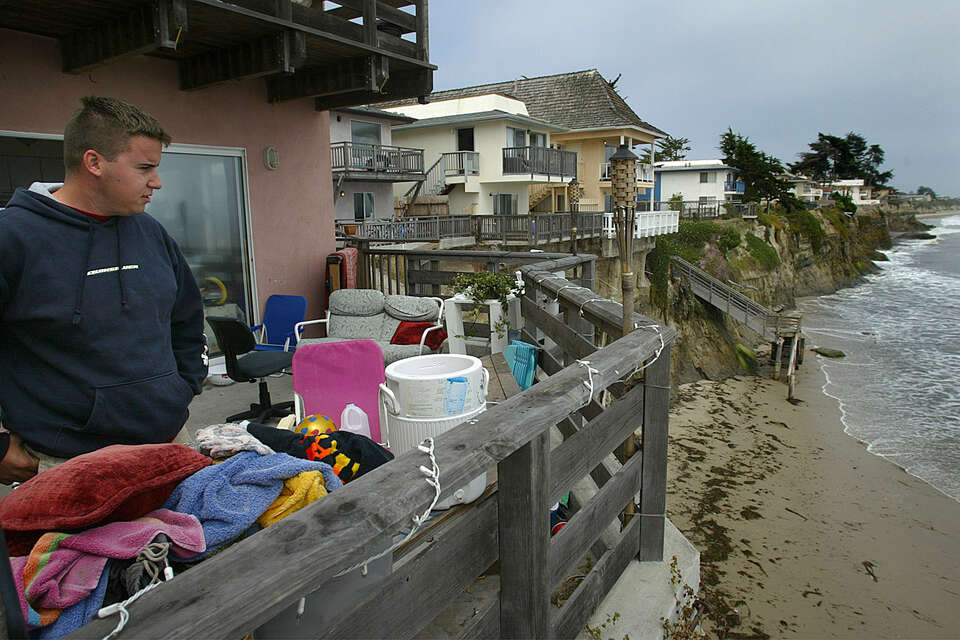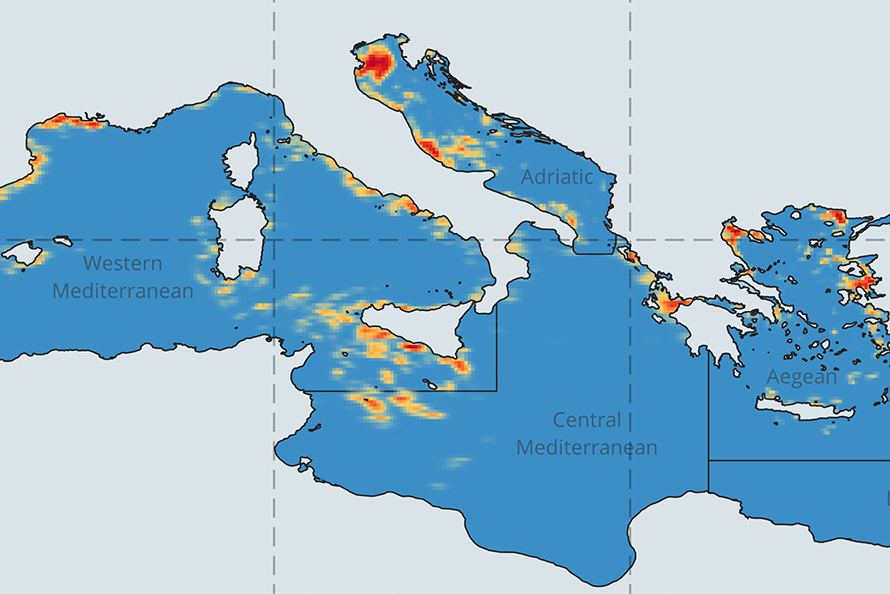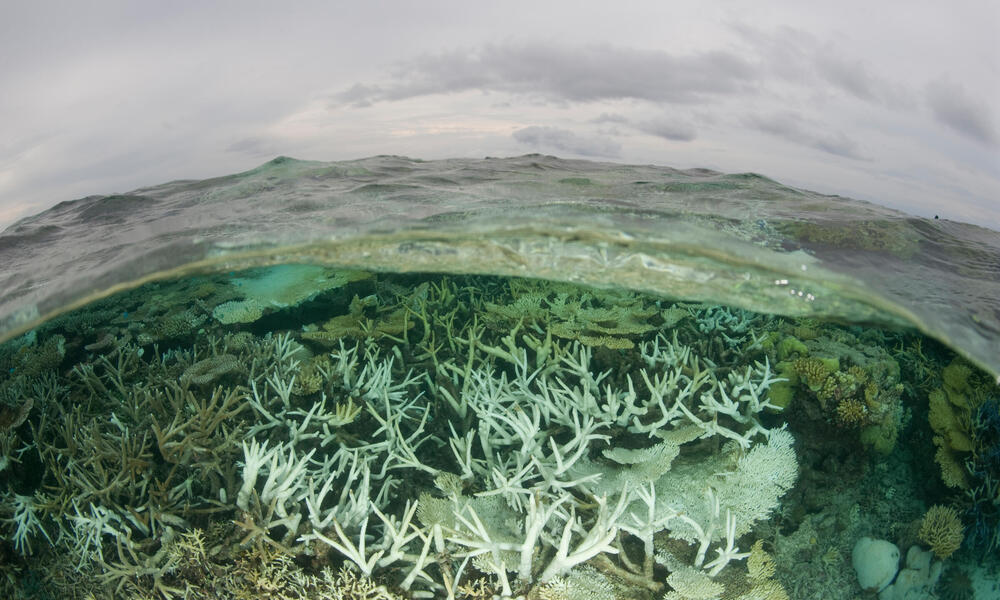
The Importance of Sustainable Development Goals (SDGs) in NATO’s Defense Preparations
Introduction
The shocking brutality of Russia’s invasion of Ukraine has galvanized allied governments to address long-standing shortcomings in NATO’s defense preparations. After decades of engagement in out-of-area contingency operations, NATO is once again committed to collectively defending “every inch of allied territory and every inch of allied airspace.” The problem is that current allied defense capabilities and posture are not adequate to do so.
NATO’s Commitments and Challenges
At their July Vilnius Summit, NATO leaders endorsed significant improvements in allied military strategy, plans, and posture. They also pledged to spend at least 2 percent of their gross domestic product on defense and to devote 20 percent of their military budgets to the modernization of capabilities. Allies will have an opportunity to review and accelerate these commitments at NATO’s 75th Anniversary Summit in Washington next July. While public support for NATO remains very high on both sides of the Atlantic, growing fatigue in allied countries with providing military assistance to Ukraine, coupled with the rise of populist politicians who are skeptical of NATO, or even sympathetic to Russia, could undermine support for allied defense enhancements. Robust public education efforts, close transatlantic coordination, and, most importantly, continued U.S. leadership will be essential to sustain these endeavors.
Russia’s Future Threat and the Window of Opportunity
Russia has been weakened militarily and economically by its war in Ukraine. But it is expected to reconstitute its ground forces over the next several years. Coupled with its less-scathed air and naval capabilities, this will enable Moscow to continue threatening peace and stability in the Euro-Atlantic region. Until then, the next five years provide a window of opportunity to build a defense posture that can counter this threat.
Priorities for NATO Members
-
France
France brings substantial experience in joint operations as well as heavy ground forces, artillery, short- and medium-range air defenses, and advanced combat aviation to a future conflict in Eastern Europe. But it lacks mass and sustainment capabilities. Increased U.S.-French collaboration in electronic warfare, countering massed precision fires, air mobility, and air defenses would bolster France’s contributions and collective defense.
-
Germany
Germany, after decades of underspending that left the Bundeswehr in a dire state, is embracing Zeitenwende. Chancellor Olaf Scholz is gradually taking steps to strengthen the Bundeswehr and enhance Germany’s wider contributions to collective defense. If Germany realizes the proposed investments in equipment and training, and maintains its enlarged NATO Battlegroup in Lithuania, it could build on its role in NATO’s Multinational Corps Northeast and play an even larger role in defense of Northeastern Europe.
-
United Kingdom
The United Kingdom retains formidable ground, air, and naval forces, and has committed in recent defense reviews to improving their readiness, sustainability, technological edge, and capacity for high-intensity warfighting. However, available resources may be insufficient to realize all the capabilities planned for development over the next decade. Focusing on capabilities for defense of the Northern Europe and the North Atlantic would be more strategically advantageous for Britain and allies.
-
Poland
Poland has emerged as a lynchpin of NATO’s eastern flank defenses. Warsaw’s strategic resolve, rapid mobilization plans, ambitious modernization programs, and increasing readiness levels will make the Polish Armed Forces one of the best equipped and trained in NATO for countering Russia in the next five years. Poland also serves as the main transmission belt for Western security assistance to Ukraine and an important locus of training for Ukrainian forces.
-
Finland and Sweden
With Finland, and eventually Sweden, joining Norway in NATO, the alliance will be able to mount a more robust and coherent defense of the Nordic, Baltic, and Arctic regions, backed by new regional defense plans. This effort will build on longstanding regional defense cooperation among all the Nordic states and with U.S., U.K., and other NATO forces.
-
Estonia, Latvia, and Lithuania
Estonia, Latvia, and Lithuania have made significant strides in bolstering the capabilities and readiness of their comparatively small armed forces. NATO’s three enhanced forward presence battlegroups, coupled with other deployments and exercises, have also strengthened deterrence and the capacity for reinforcement. However, the Baltics remain highly exposed to direct threats of Russia’s aggression and intimidation, and therefore seek a larger NATO presence.
-
Romania
Romania is emerging as the center of gravity for NATO’s defense posture in Southeastern Europe. Bucharest is making significant strides in its plans for modernizing its armed forces. Allied access to the country’s airfields, bases, and port facilities are essential to projecting power into the Black Sea and supporting Ukraine.
-
Turkey
Turkey’s geostrategic importance — coupled with the contributions of its large and capable land, air, and naval forces — have sustained military cooperation with Ankara despite strained political relations with most NATO allies. Turkey could become a major supplier of affordable, effective systems to allies in Central and Eastern Europe.
Collective NATO Priorities
Under its new deterrence and defense strategy, NATO stepped up both exercises and intelligence, surveillance, and reconnaissance measures in response to Russia’s military buildup on Ukraine’s border in 2021. This enabled the alliance to rapidly deploy elements of its Very High Readiness Joint Task Force following the Kremlin’s invasion and increase the number of battlegroups in Eastern Europe from four to eight. Today, 150,000 NATO land forces — together with substantial air, air and missile defense, and maritime forces — are conducting deterrence tasks on the alliance’s eastern flank.
At their July Summit, NATO leaders endorsed the new defense strategy as well as a “family of plans” and the command and control arrangements needed to implement it. These include an overarching strategic framework for the entire North Atlantic area, operational plans for each military domain, and three regional defense plans for the North Atlantic and High North, Central Europe, and the Mediterranean and the Black Sea. This strategy aims to shape force structure, readiness requirements, and national defense investments.
NATO leaders also established a new “Allied Reaction Force” and cited progress on the Force Model, whereby allies commit to making 300,000 personnel available
SDGs, Targets, and Indicators
1. Which SDGs are addressed or connected to the issues highlighted in the article?
- SDG 16: Peace, Justice, and Strong Institutions
- SDG 17: Partnerships for the Goals
The article discusses the need for NATO to address shortcomings in defense preparations and enhance collective defense capabilities. This is directly related to SDG 16, which aims to promote peaceful and inclusive societies for sustainable development, provide access to justice for all, and build effective, accountable, and inclusive institutions at all levels. The article also emphasizes the importance of close transatlantic coordination and continued U.S. leadership, which aligns with SDG 17, which focuses on strengthening global partnerships for sustainable development.
2. What specific targets under those SDGs can be identified based on the article’s content?
- SDG 16.1: Significantly reduce all forms of violence and related death rates everywhere
- SDG 16.3: Promote the rule of law at the national and international levels and ensure equal access to justice for all
- SDG 17.16: Enhance the global partnership for sustainable development, complemented by multi-stakeholder partnerships that mobilize and share knowledge, expertise, technology, and financial resources
The article highlights the need to address Russia’s aggression and intimidation, which relates to the target of reducing violence and death rates (SDG 16.1). It also emphasizes the importance of promoting the rule of law and ensuring equal access to justice (SDG 16.3). Additionally, the article emphasizes the need for close transatlantic coordination and partnerships to enhance defense capabilities, which aligns with the target of enhancing the global partnership for sustainable development (SDG 17.16).
3. Are there any indicators mentioned or implied in the article that can be used to measure progress towards the identified targets?
- Number of violent incidents and related death rates
- Level of adherence to the rule of law and equal access to justice
- Level of transatlantic coordination and partnerships in defense efforts
The article does not provide specific indicators, but progress towards the identified targets can be measured by tracking the number of violent incidents and related death rates, assessing the level of adherence to the rule of law and equal access to justice, and evaluating the level of transatlantic coordination and partnerships in defense efforts.
Table: SDGs, Targets, and Indicators
| SDGs | Targets | Indicators |
|---|---|---|
| SDG 16: Peace, Justice, and Strong Institutions | 16.1: Significantly reduce all forms of violence and related death rates everywhere | Number of violent incidents and related death rates |
| SDG 16: Peace, Justice, and Strong Institutions | 16.3: Promote the rule of law at the national and international levels and ensure equal access to justice for all | Level of adherence to the rule of law and equal access to justice |
| SDG 17: Partnerships for the Goals | 17.16: Enhance the global partnership for sustainable development, complemented by multi-stakeholder partnerships that mobilize and share knowledge, expertise, technology, and financial resources | Level of transatlantic coordination and partnerships in defense efforts |
Behold! This splendid article springs forth from the wellspring of knowledge, shaped by a wondrous proprietary AI technology that delved into a vast ocean of data, illuminating the path towards the Sustainable Development Goals. Remember that all rights are reserved by SDG Investors LLC, empowering us to champion progress together.
Source: warontherocks.com

Join us, as fellow seekers of change, on a transformative journey at https://sdgtalks.ai/welcome, where you can become a member and actively contribute to shaping a brighter future.






